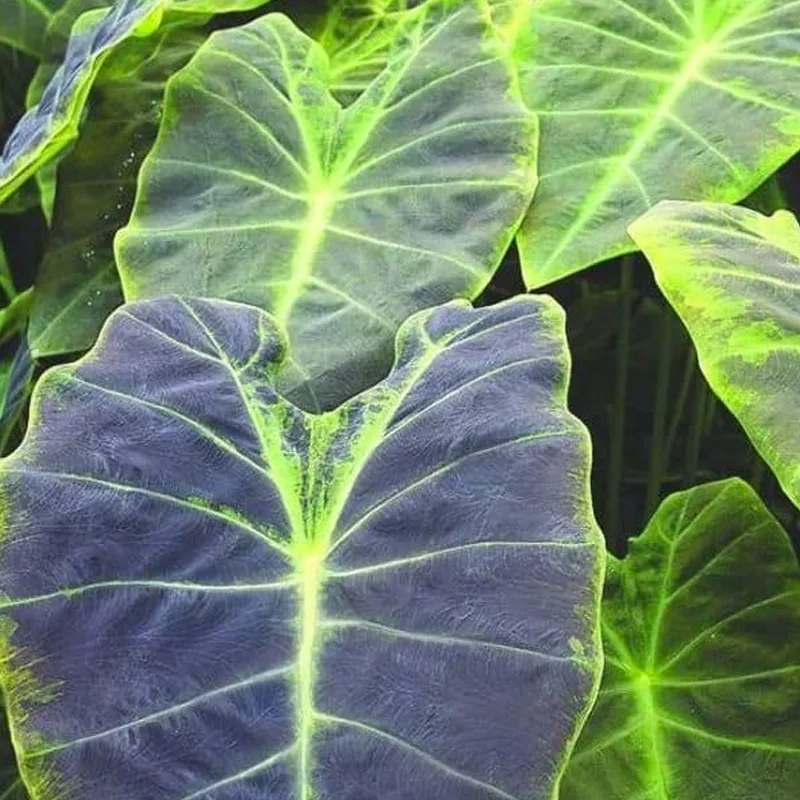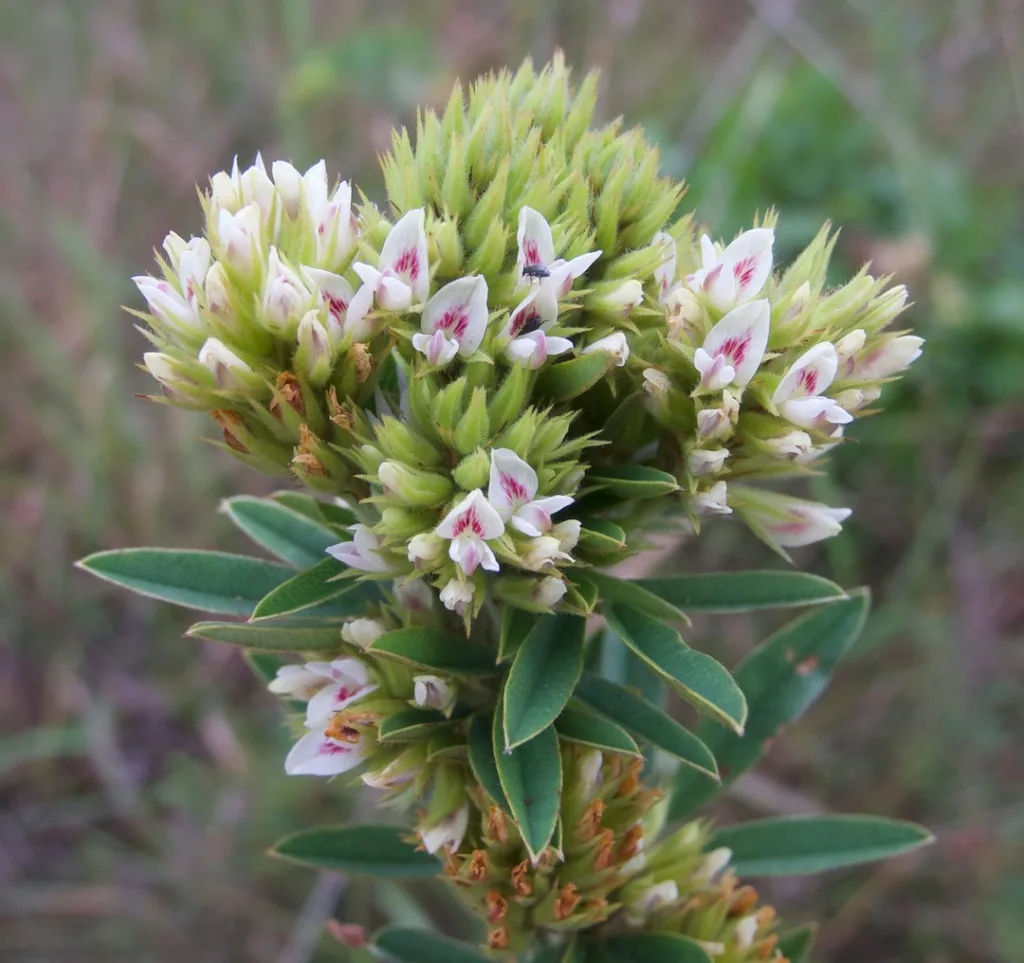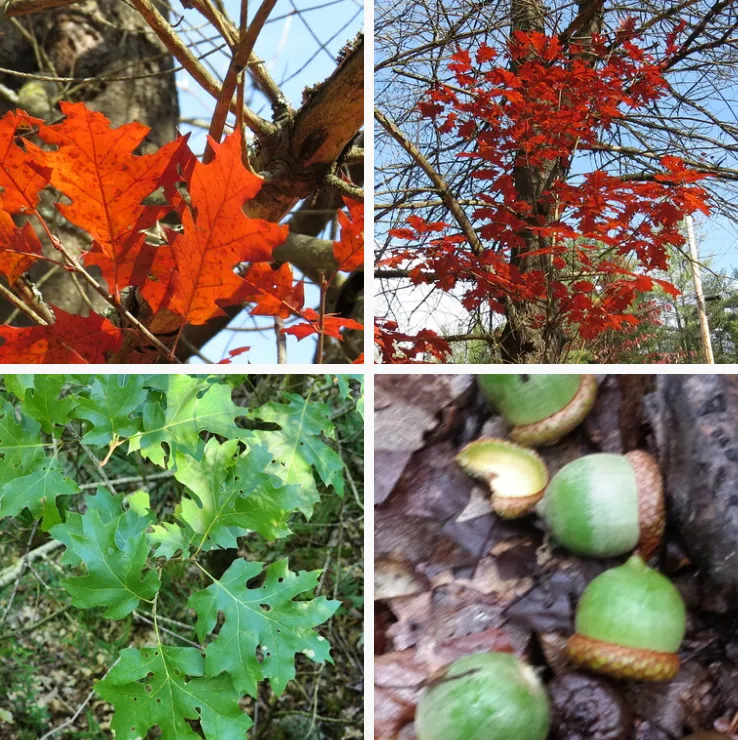Atractylodes: An Exploration of a Fascinating Genus
My name is Ferb Vu, and I’ve always been drawn to the intricate world of plants. Their diversity, resilience, and sheer beauty never cease to amaze me. Lately, I’ve become particularly interested in the genus Atractylodes, a group of fascinating plants with a rich history and a promising future.
What is Atractylodes?
Atractylodes is a genus of flowering plants belonging to the Asteraceae family, the same family that includes sunflowers and daisies. Native to East Asia, these plants are characterized by their rhizomes – underground stems that store energy – which are highly valued in traditional medicine. Think of ginger or turmeric; they also have rhizomes that we use for their medicinal properties.
These plants thrive in mountainous regions and grasslands, often found nestled among other wildflowers. They typically have sturdy stems, deeply lobed leaves, and produce charming, thistle-like flower heads that range in color from white to purple.
A Diverse Family
While the genus may not be as expansive as some, it boasts a respectable number of species, each with its unique characteristics and uses. Here are:
- Atractylodes lancea: Perhaps the most well-known species, it’s widely used in traditional Chinese medicine (TCM) and is known for its digestive and diuretic properties.
- Atractylodes macrocephala: Another important species in TCM, its rhizome, known as “Bai Zhu,” is used to treat a variety of ailments, including spleen deficiency and diarrhea.
- Atractylodes japonica: Native to Japan and Korea, this species is also used medicinally, though to a lesser extent than the previous two.
- Atractylodes koreana: As the name suggests, this species is primarily found in Korea and is known for its distinct aroma.
- Atractylodes carlinoides: This species is less common and is primarily found in certain regions of China.
A Legacy in Traditional Medicine
The use of Atractylodes in traditional medicine, particularly in TCM, dates back centuries. The rhizomes of these plants, often dried and processed, are believed to possess a range of therapeutic properties.
In TCM, Atractylodes is primarily used to strengthen the spleen and stomach, promote digestion, and resolve dampness. It is often prescribed for conditions such as indigestion, bloating, diarrhea, and fatigue. Interestingly, some species are also used to alleviate rheumatic pain and boost the immune system.
Modern Research and Applications
While Atractylodes has a long history of use in traditional medicine, modern science is beginning to shed light on the chemical compounds responsible for its therapeutic effects. Studies have identified various essential oils, sesquiterpenes, and polysaccharides in the rhizomes of these plants, some of which exhibit anti-inflammatory, antioxidant, and antimicrobial activities.
This growing body of research suggests that Atractylodes may have potential applications in the development of new drugs and therapies for a range of conditions. For instance, some studies suggest that compounds found in Atractylodes could be useful in treating diabetes, cancer, and even Alzheimer’s disease.
Cultivation and Conservation
Given the increasing demand for Atractylodes in both traditional medicine and modern research, sustainable cultivation practices are crucial. Overharvesting of wild populations poses a threat to the long-term survival of some species.
Fortunately, efforts are underway to cultivate Atractylodes using various methods, including field cultivation, greenhouse cultivation, and tissue culture. These methods not only ensure a sustainable supply of Atractylodes but also allow for the selection and propagation of superior varieties with higher yields and improved medicinal properties.
Looking Ahead
As someone fascinated by the potential of plants to improve human health and well-being, I’m excited to see what the future holds for Atractylodes. With ongoing research and sustainable cultivation practices, this genus has the potential to make significant contributions to both traditional and modern medicine.
I believe that by combining the wisdom of ancient practices with the rigor of modern science, we can unlock the full potential of Atractylodes and harness its power to improve lives around the world.
If i die, water my plants!



